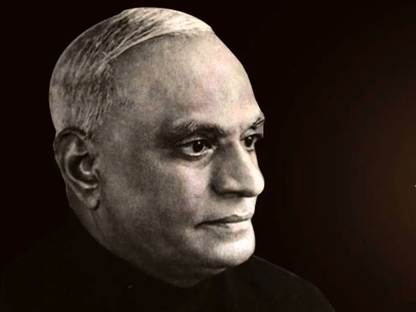Basic Background
- Who: Varahagiri Venkata Giri (V.V. Giri) – 4th President of India (1969–1974).
- Where: Studied law in Dublin (1913–1917).
- Context: Ireland under British rule → parallel anti-colonial movements in Ireland and India.
- Link: Giri’s exposure to Irish labour movement, nationalist struggle, and student activism shaped his political ideology in India.
Relevance: GS 1(History )

Conditions in Ireland (Early 20th Century)
- Admission for Indians in English universities stricter → Ireland relatively more open.
- Racial prejudice less pronounced in Ireland compared to Britain.
- Dublin = hub of student, labour, and nationalist movements.
- Dublin Lockout (1913): workers’ strike against exploitation → Giri directly witnessed.
Giri’s Activism in Dublin
- Immersed in Irish Labour Movement → exposure to collective bargaining, trade unionism.
- Inspired by:
- Irish Transport & General Workers’ Union.
- Radical leaders like James Connolly (executed after Easter Rising 1916).
- Joined the Anarchical Society (propagating anti-imperialist methods).
- Worked with Indian Students’ Association in Dublin (published pamphlets against racism & British atrocities in South Africa).
Key Influences on Giri
- Labour Rights: Deep commitment to trade unions and worker emancipation in India later.
- Nationalism: Irish experience gave him “complete sense of identity with the Irish cause” → parallels with India’s struggle.
- Revolutionary Inspiration: Inspired by Easter Rising (1916), despite suppression by British.
- Personal Resolve: After seeing Irish sacrifices, resolved to return to India and work for independence.
Political Repercussions
- Marked as a political radical by British authorities.
- Closely watched, deported back to India in 1917.
- Continued activism in India:
- Organised transport workers’ unions.
- Advocated labour rights + independence.
- Eventually became India’s President.
Indo-Irish Parallels
- Common struggle: Both nations under British imperialism.
- Labour movements: Key element in both nationalist struggles.
- Cross-learning: Indians drew from Irish revolutionary zeal; Irish saw India’s movement as sister-struggle.
- Shared leaders: Gandhi–South Africa (labour, non-violence) vs Connolly–Ireland (labour, armed resistance).
Broader Analysis
- Intellectual exchange: Globalisation of anti-colonial ideas even before independence.
- Labour as nationalism’s ally: National freedom tied to worker emancipation.
- Diaspora role: Students abroad became bridges for transnational solidarity.
- India’s labour politics: Shaped by this experience → Giri’s presidency symbolised merging of workers’ rights + democratic politics.
Contemporary Relevance
- Highlights importance of global solidarity in anti-colonial struggles.
- Lessons for today:
- Transnational unity against oppression (climate justice, workers’ rights).
- Role of student/youth movements in shaping politics.
- Reminder: Political empowerment must include economic emancipation of the working class (Giri’s lifelong message).



